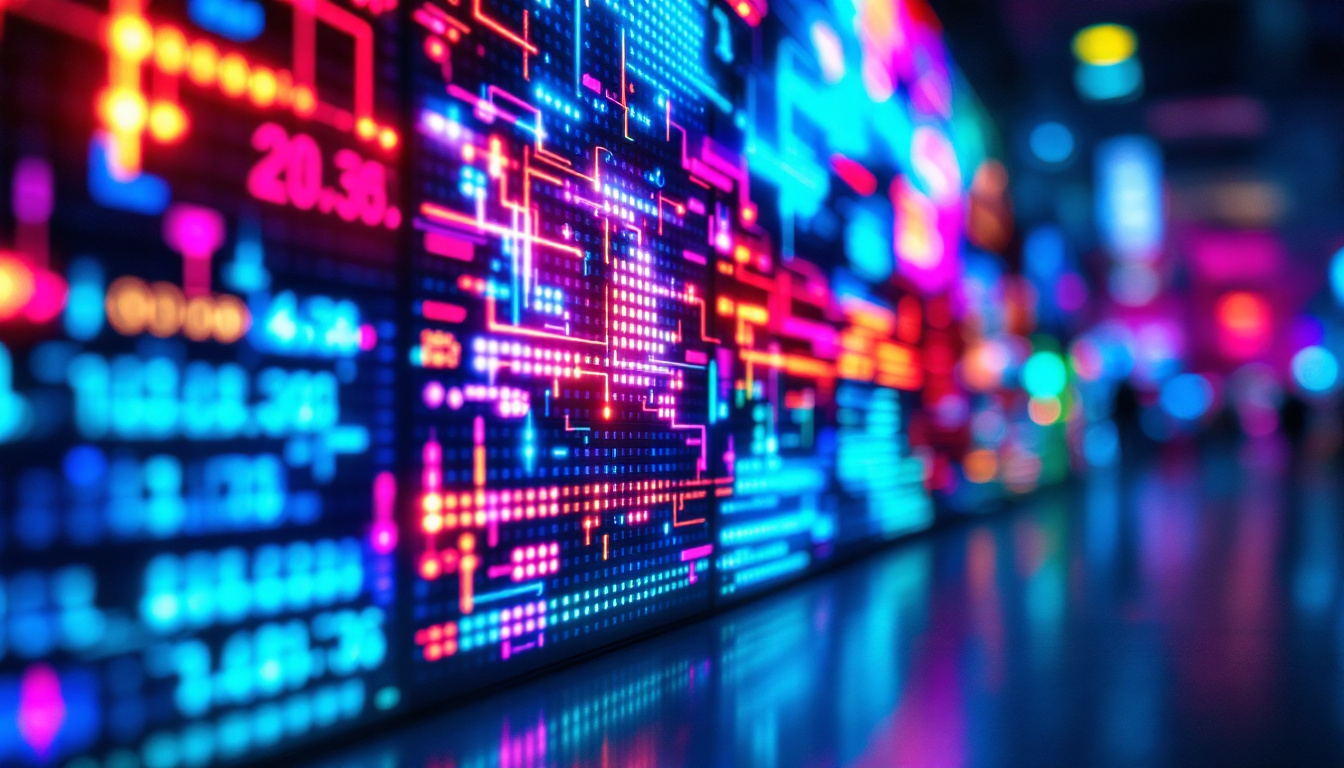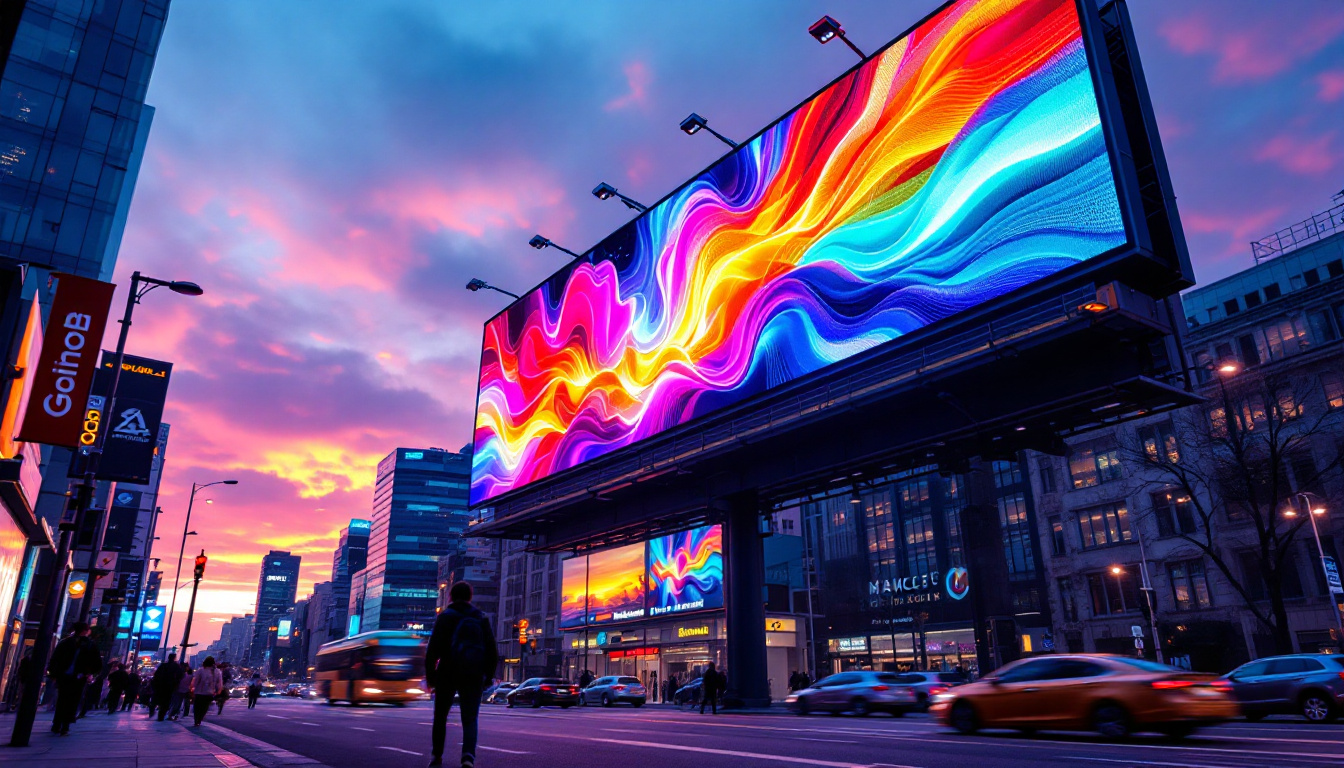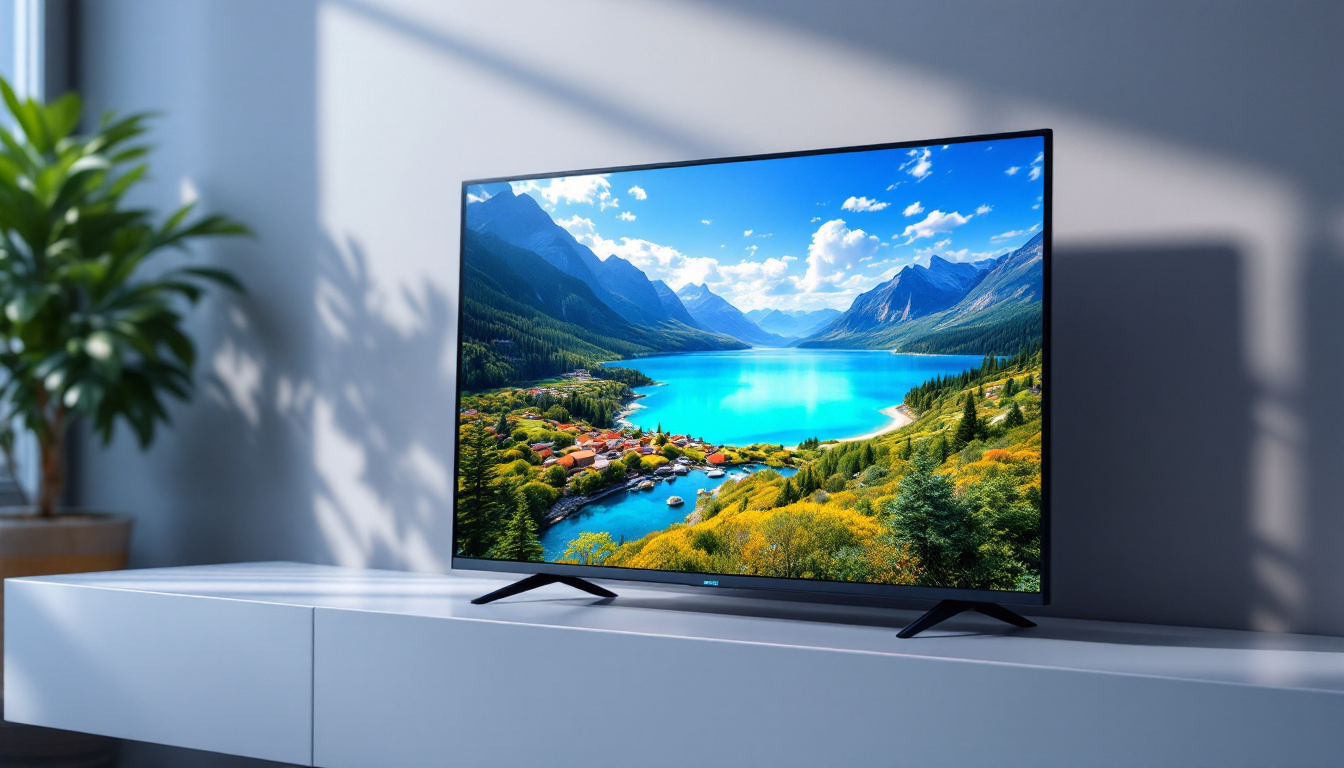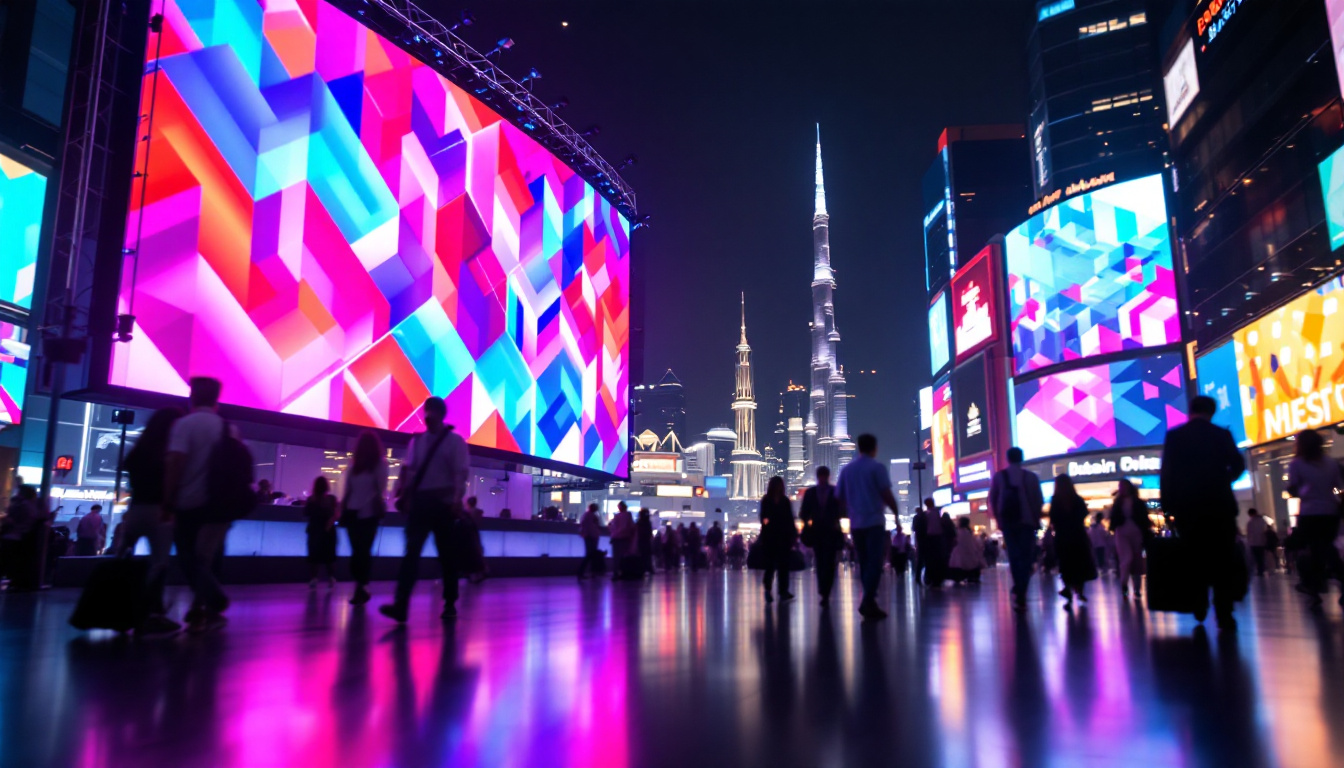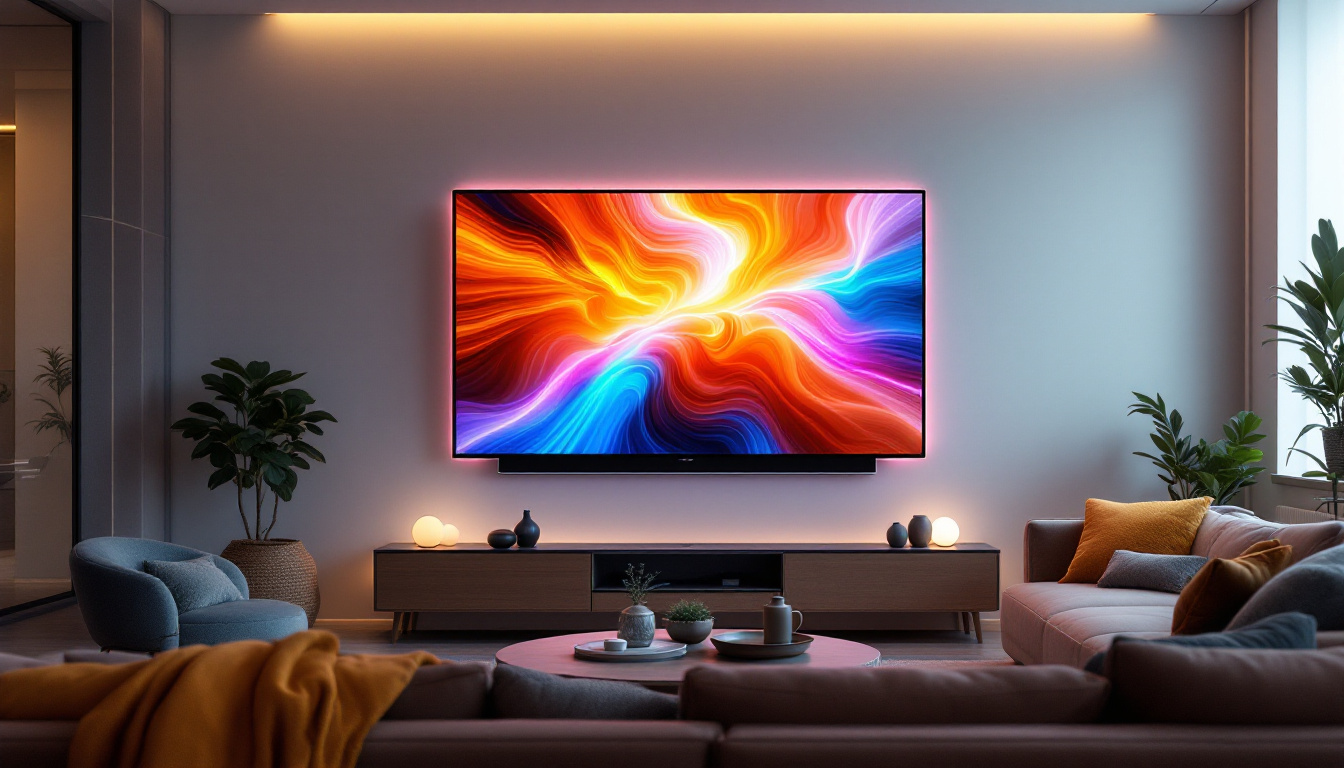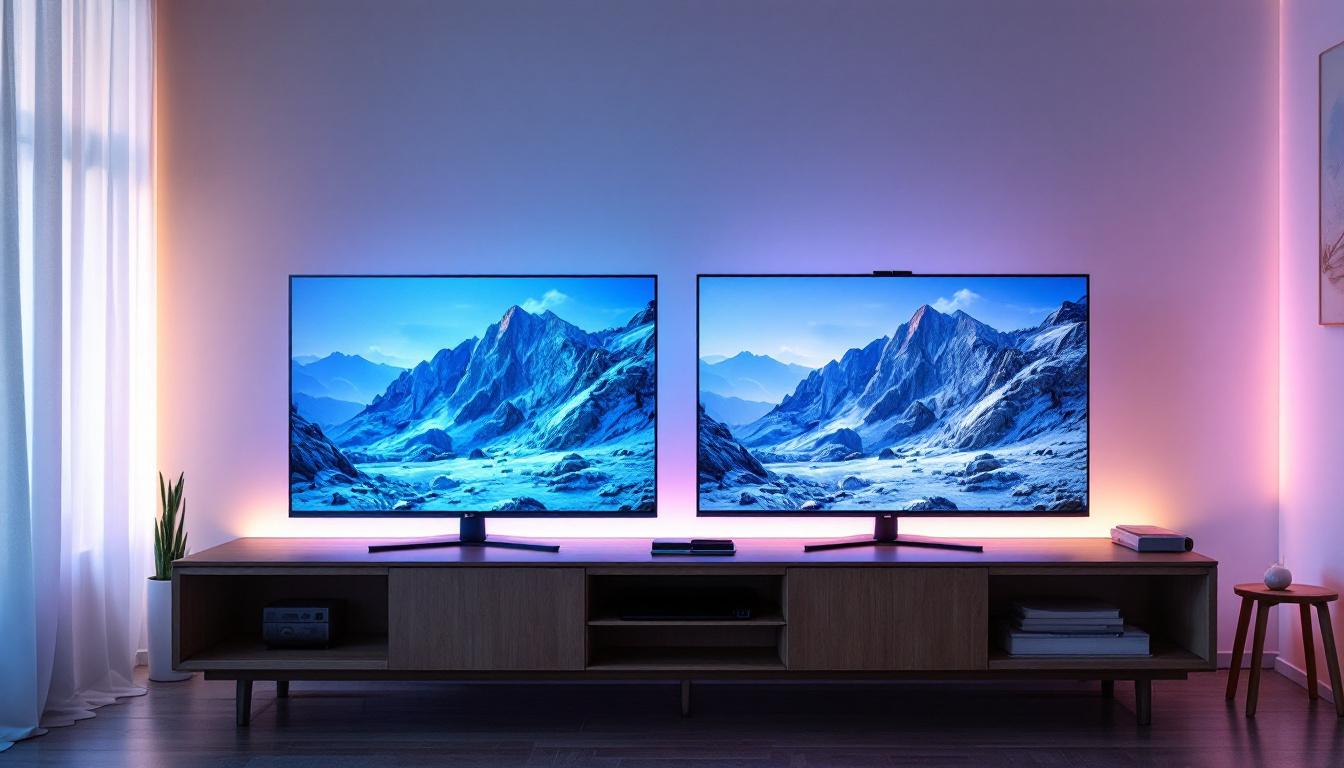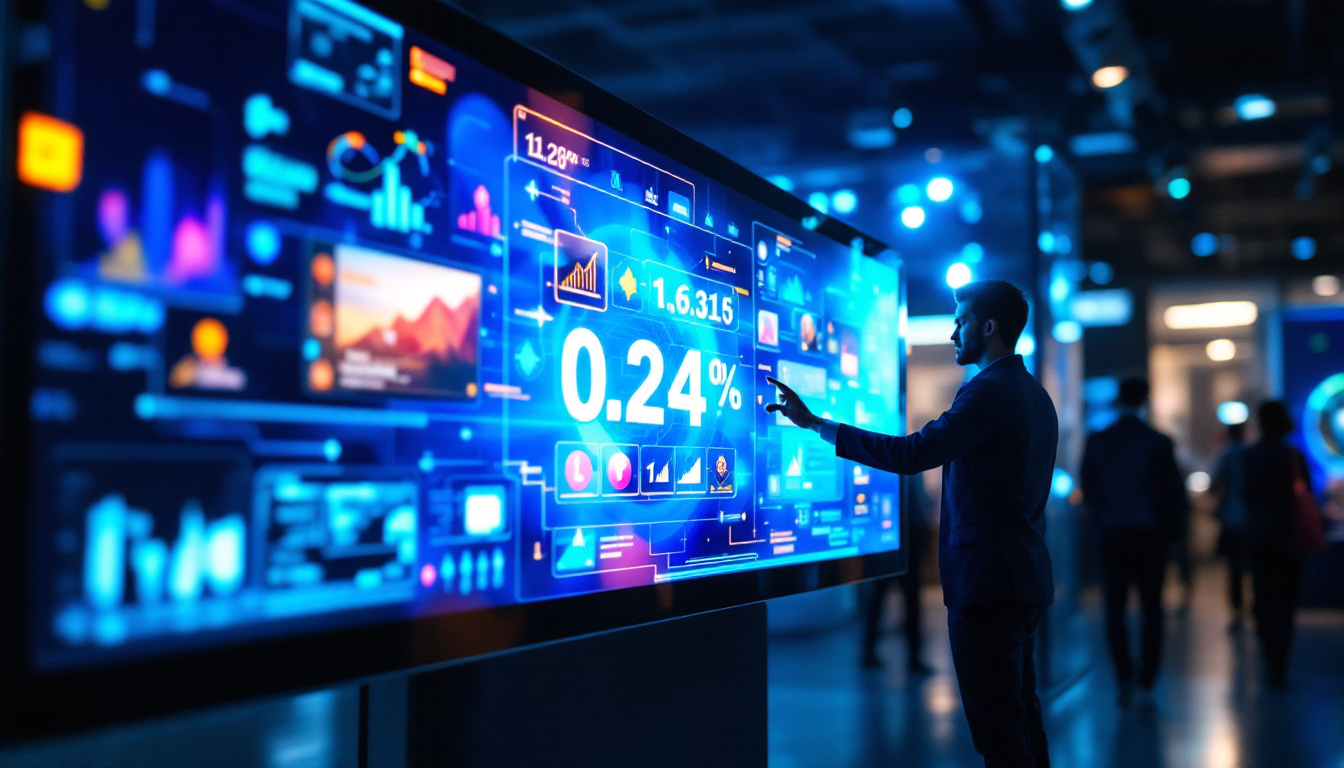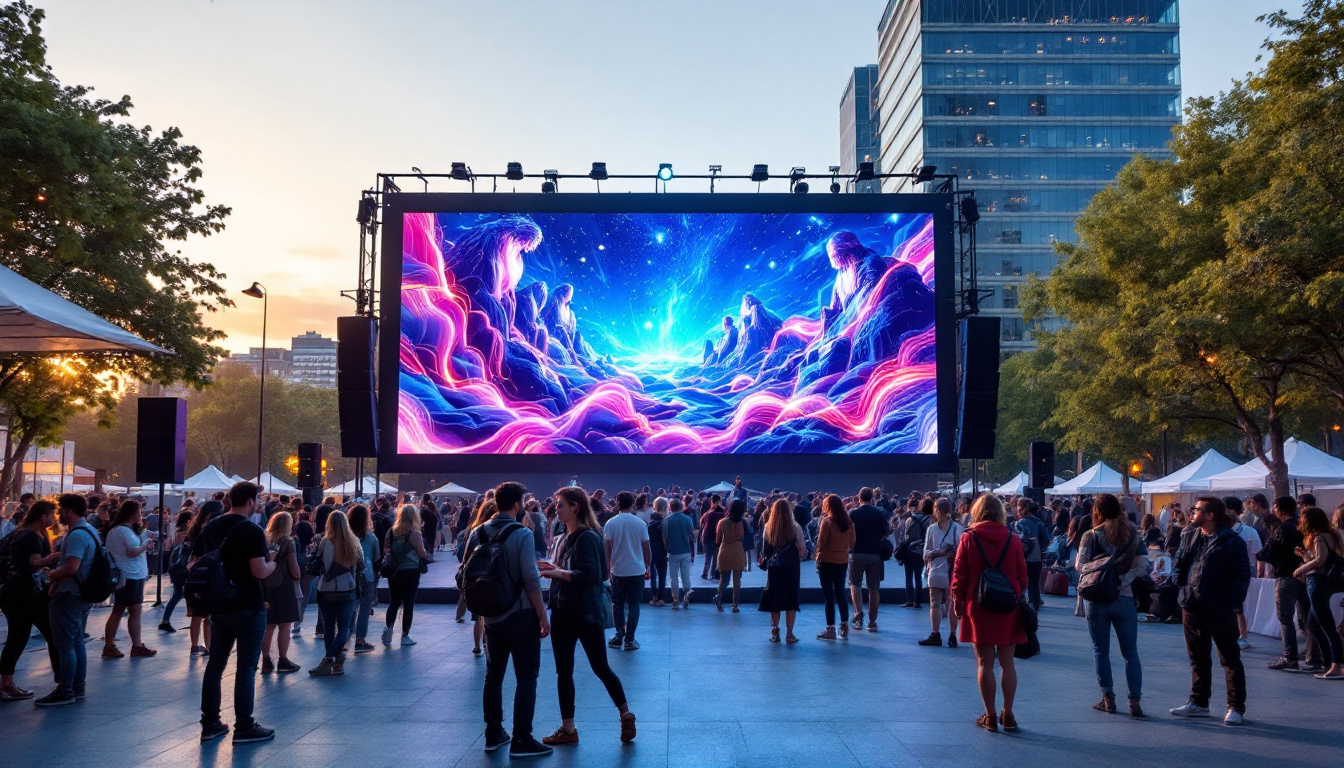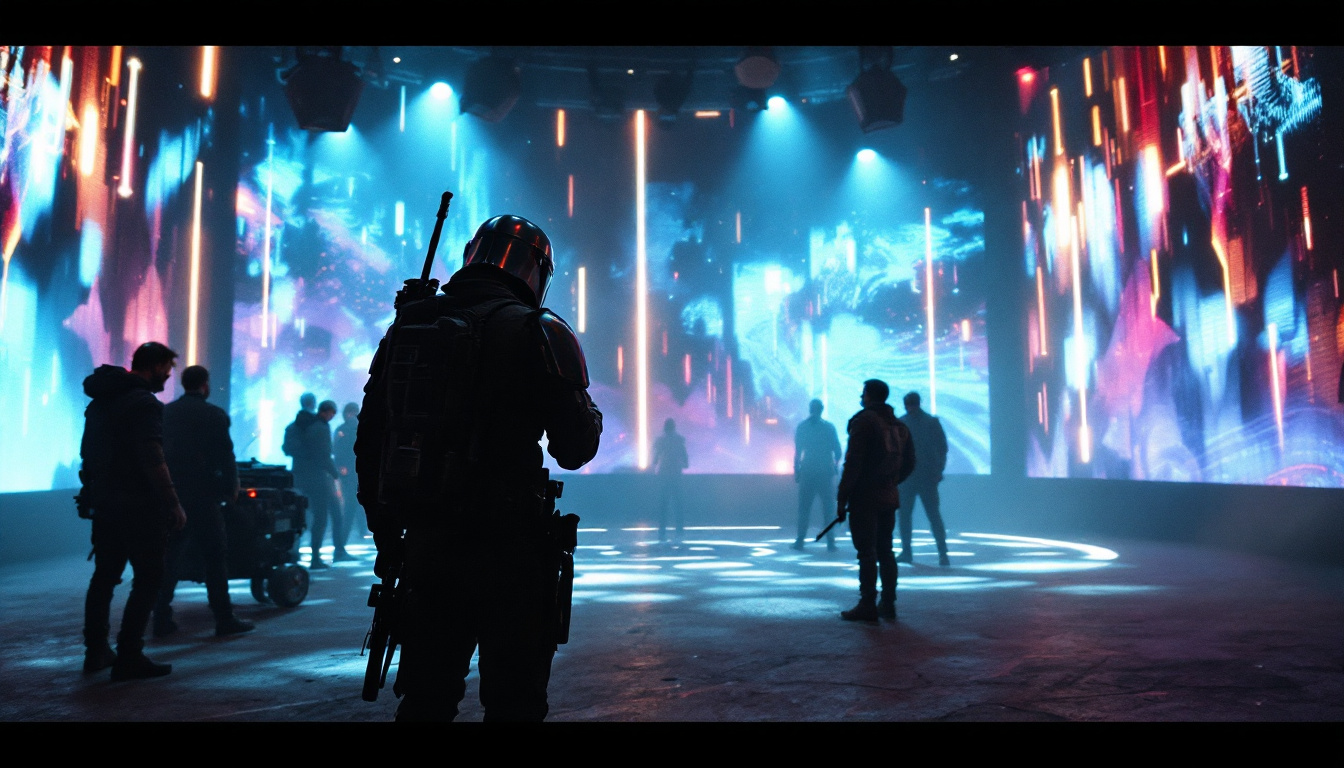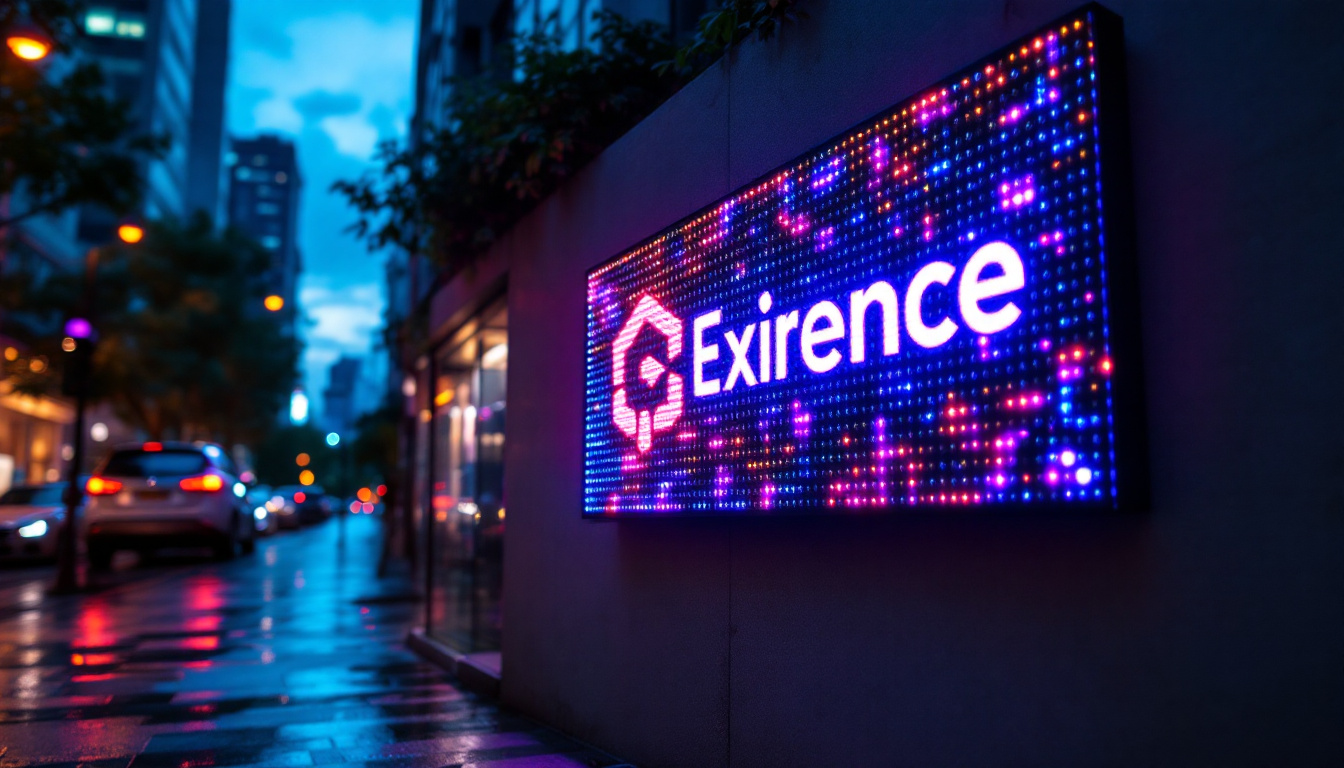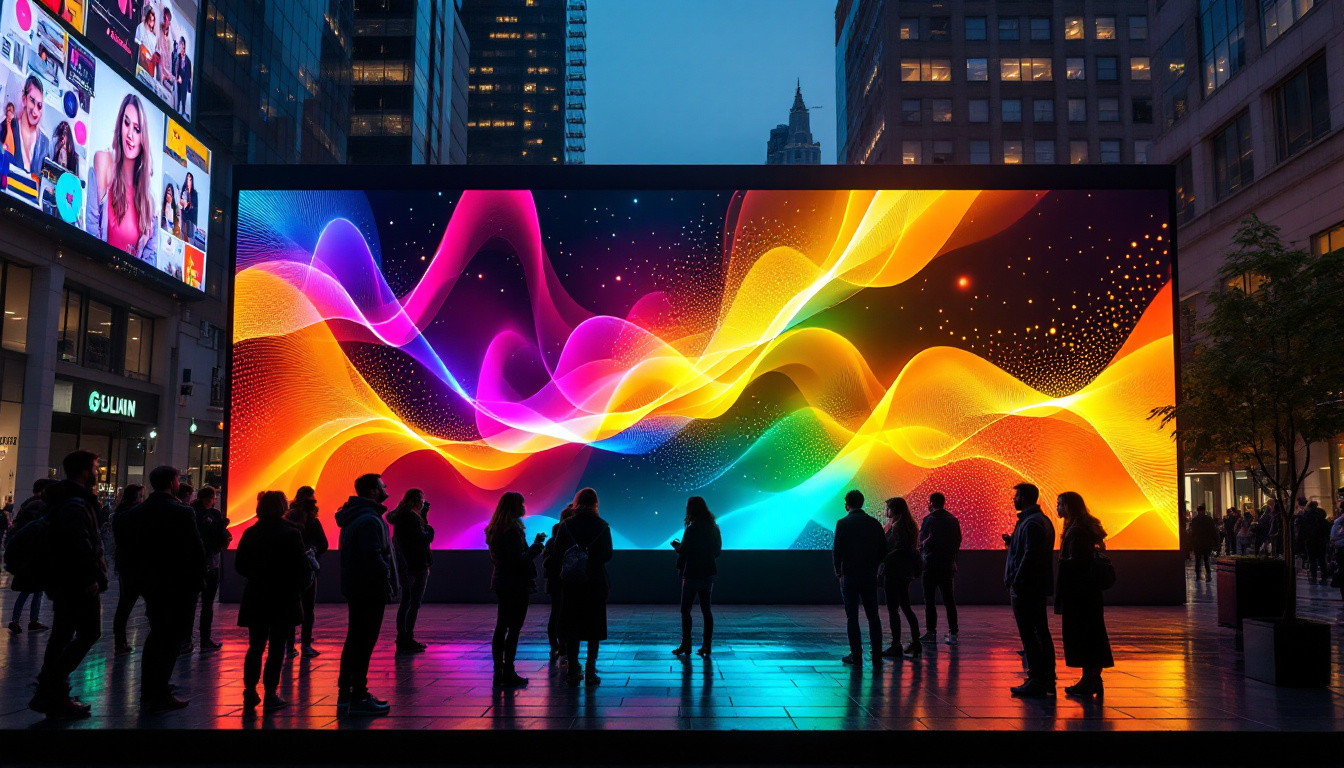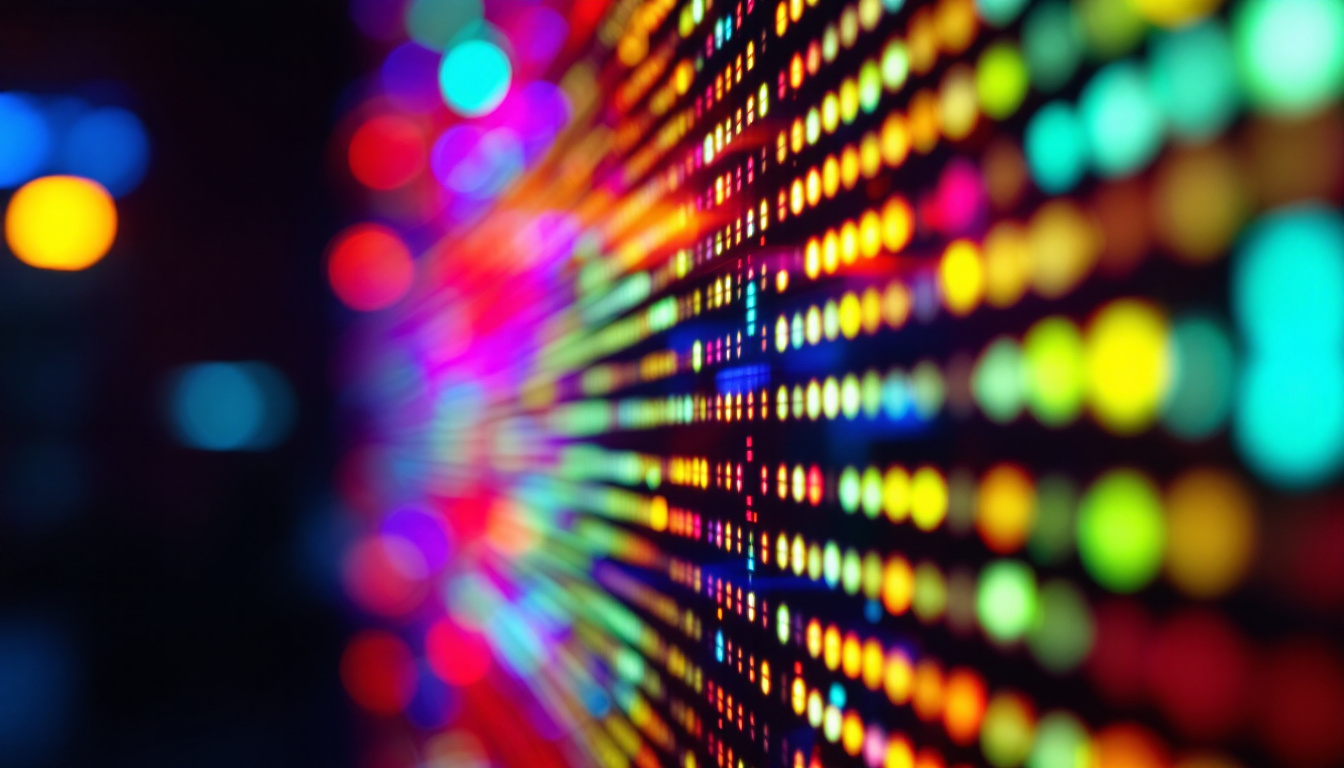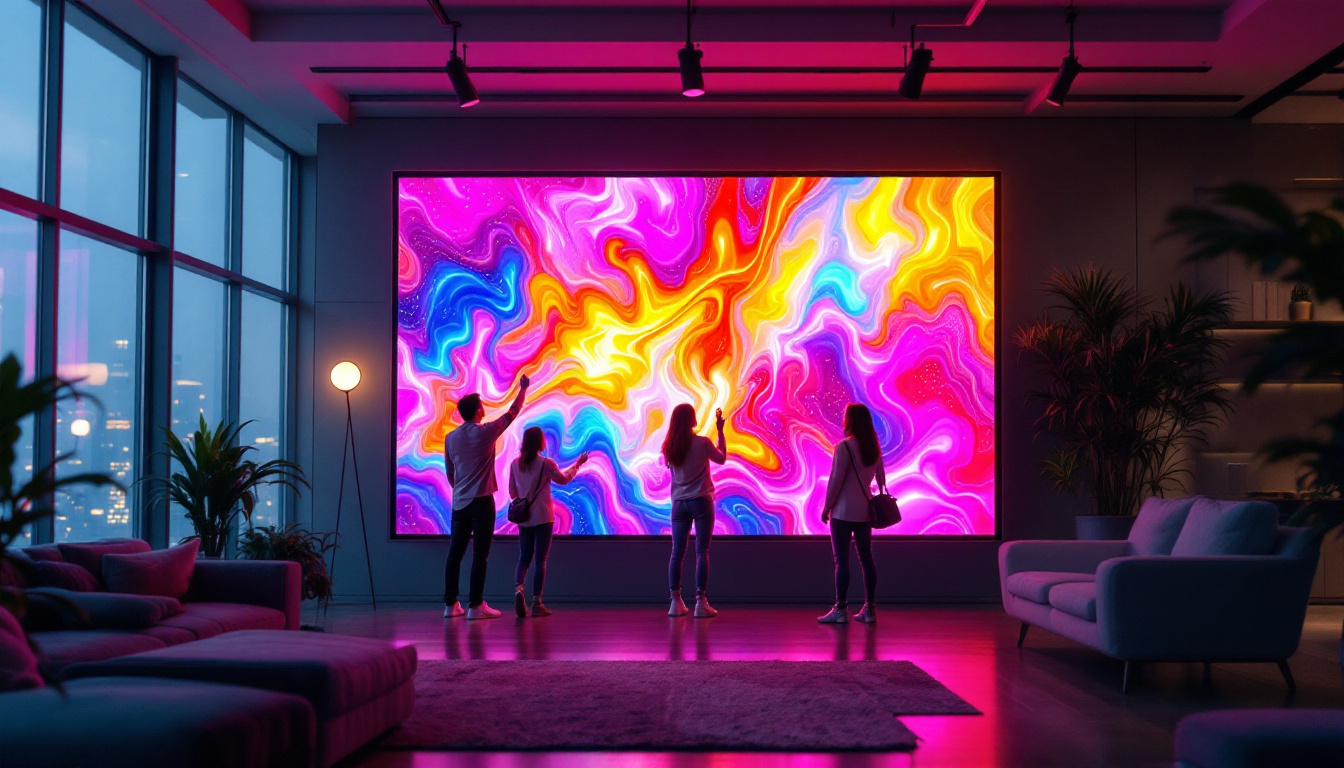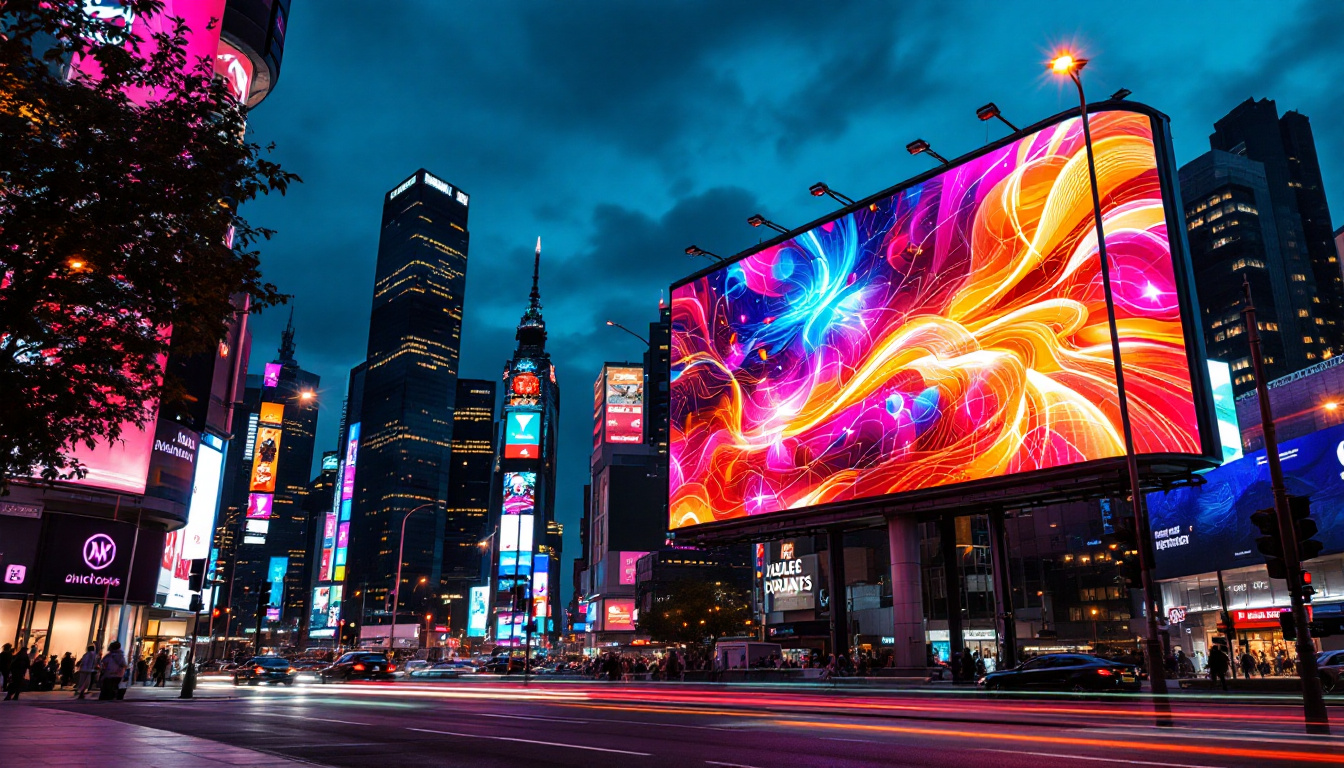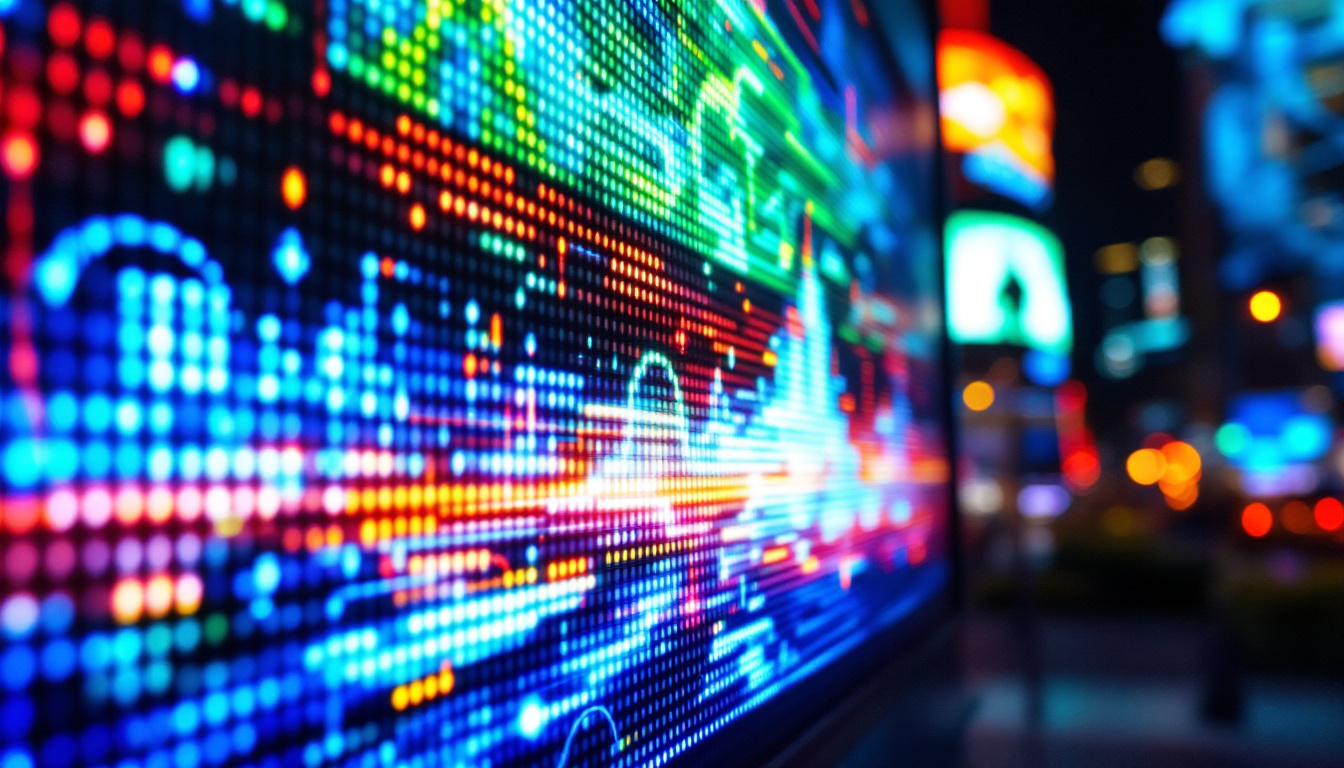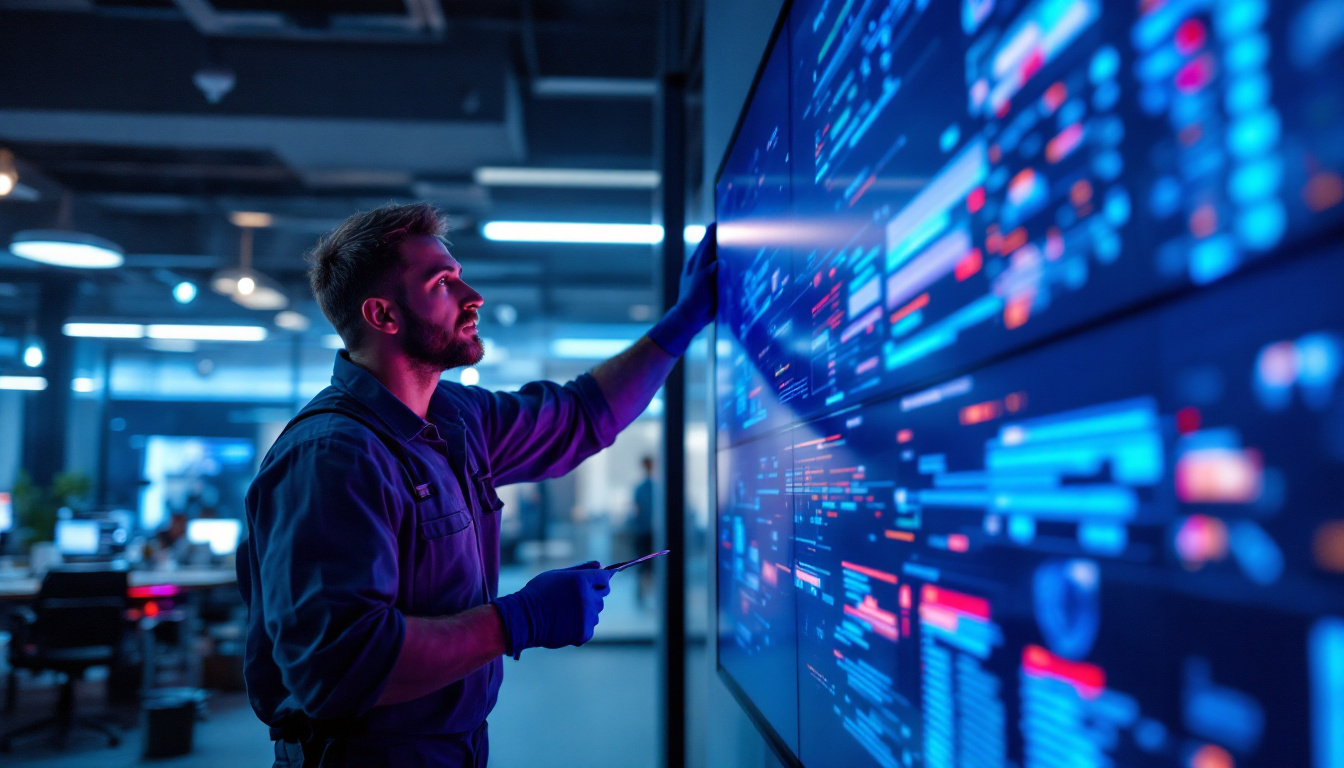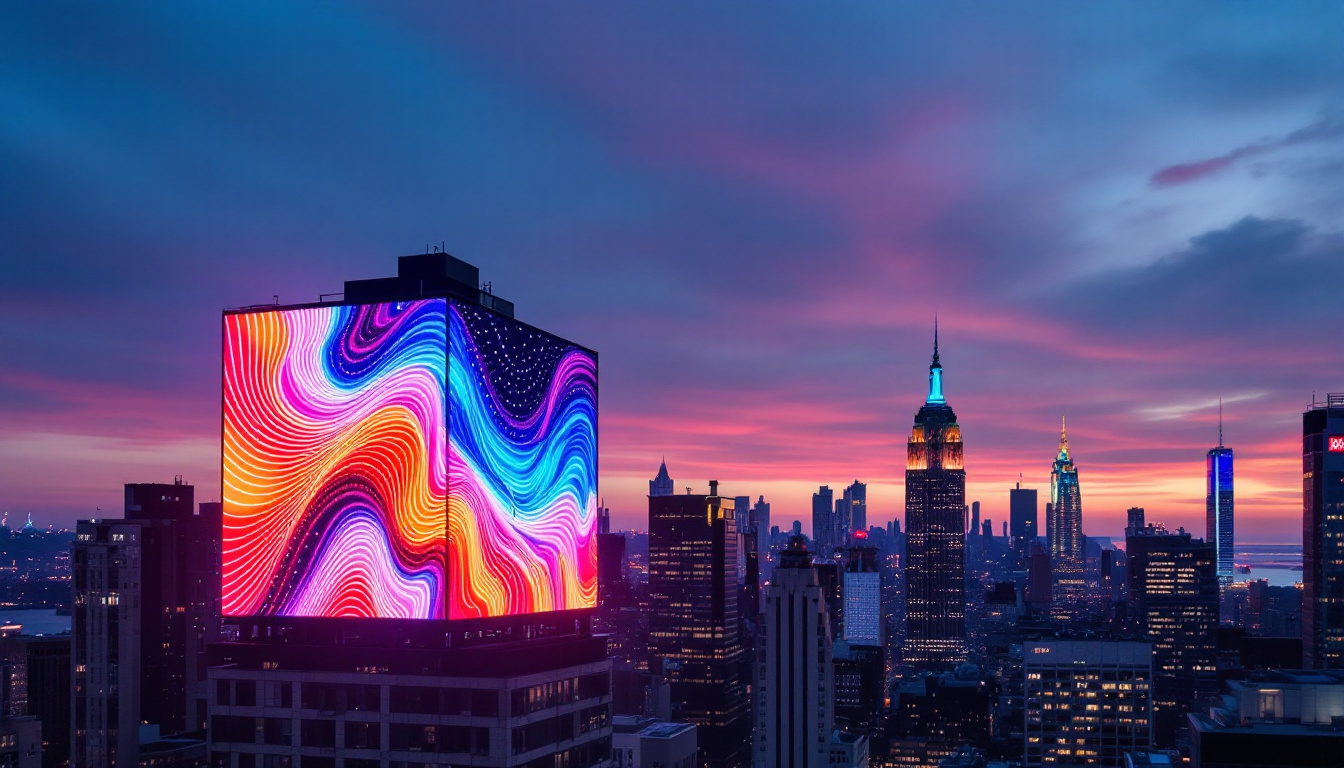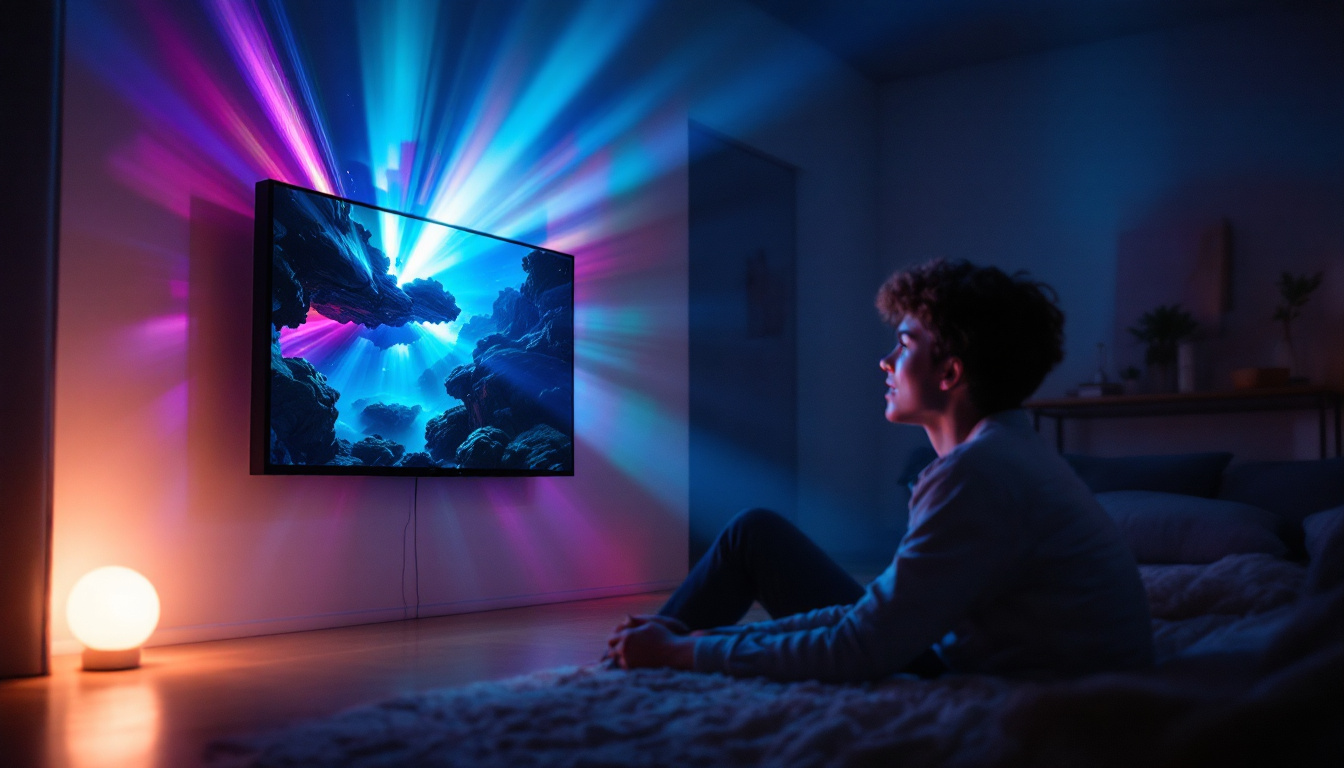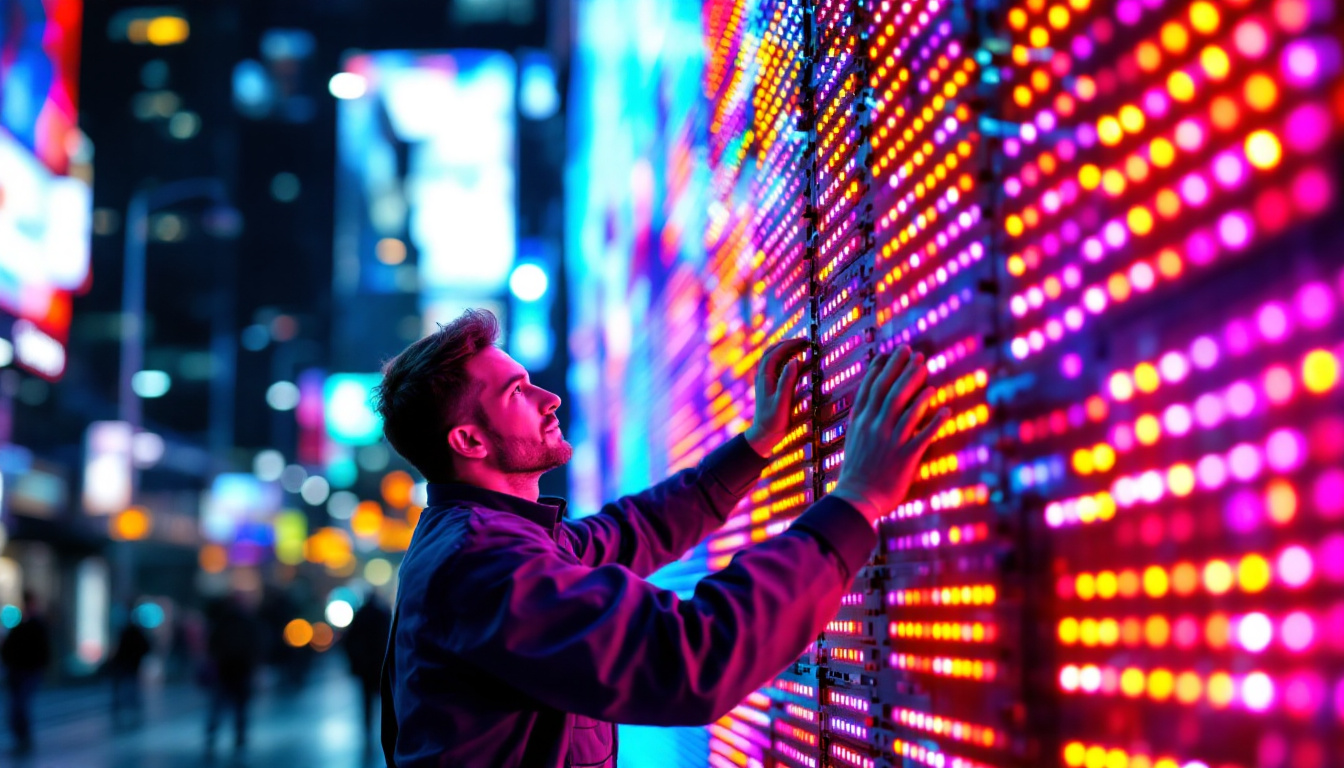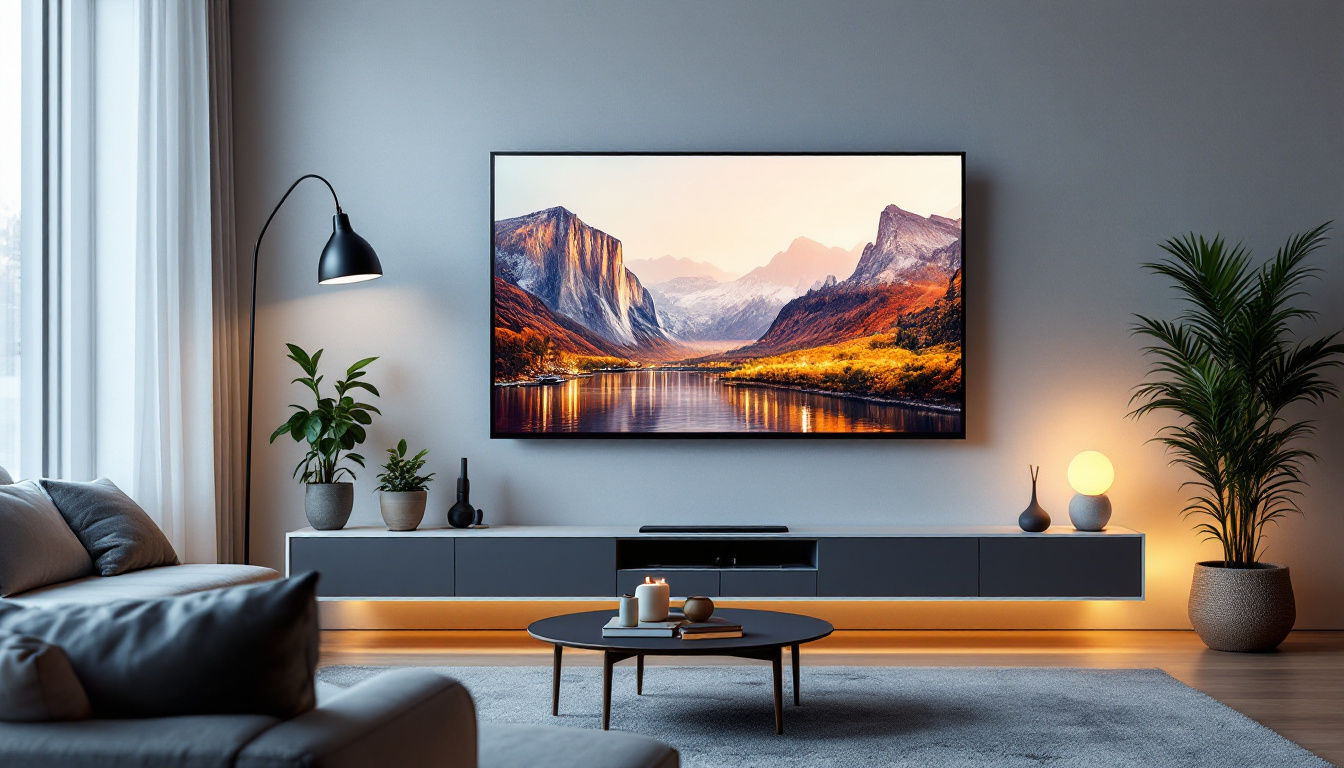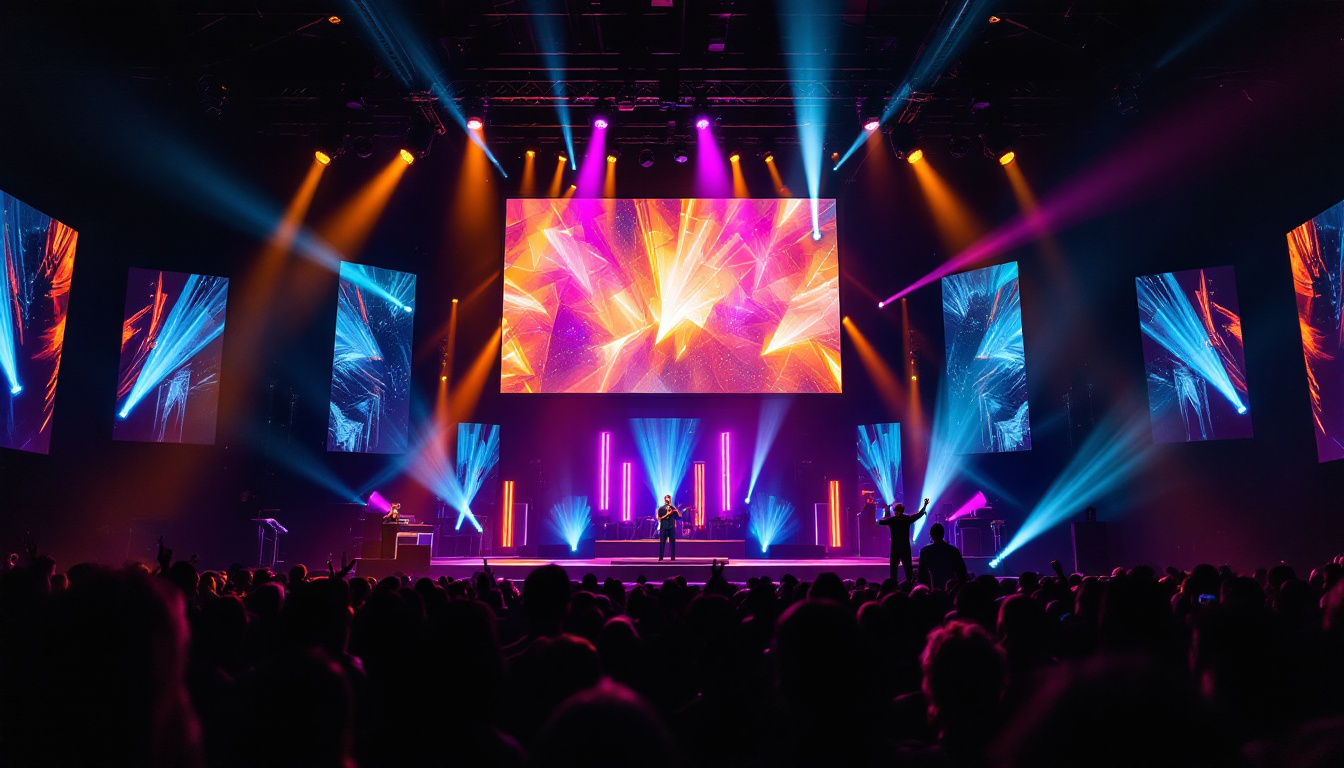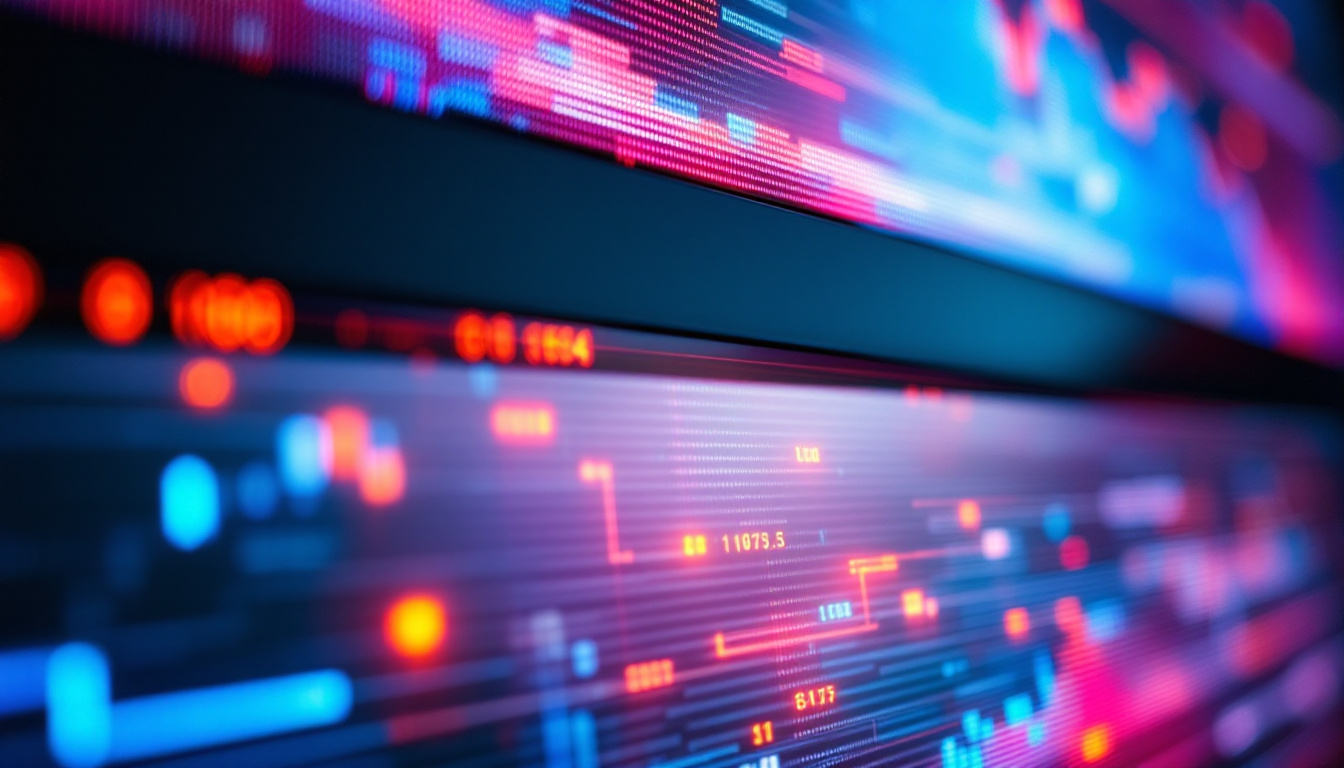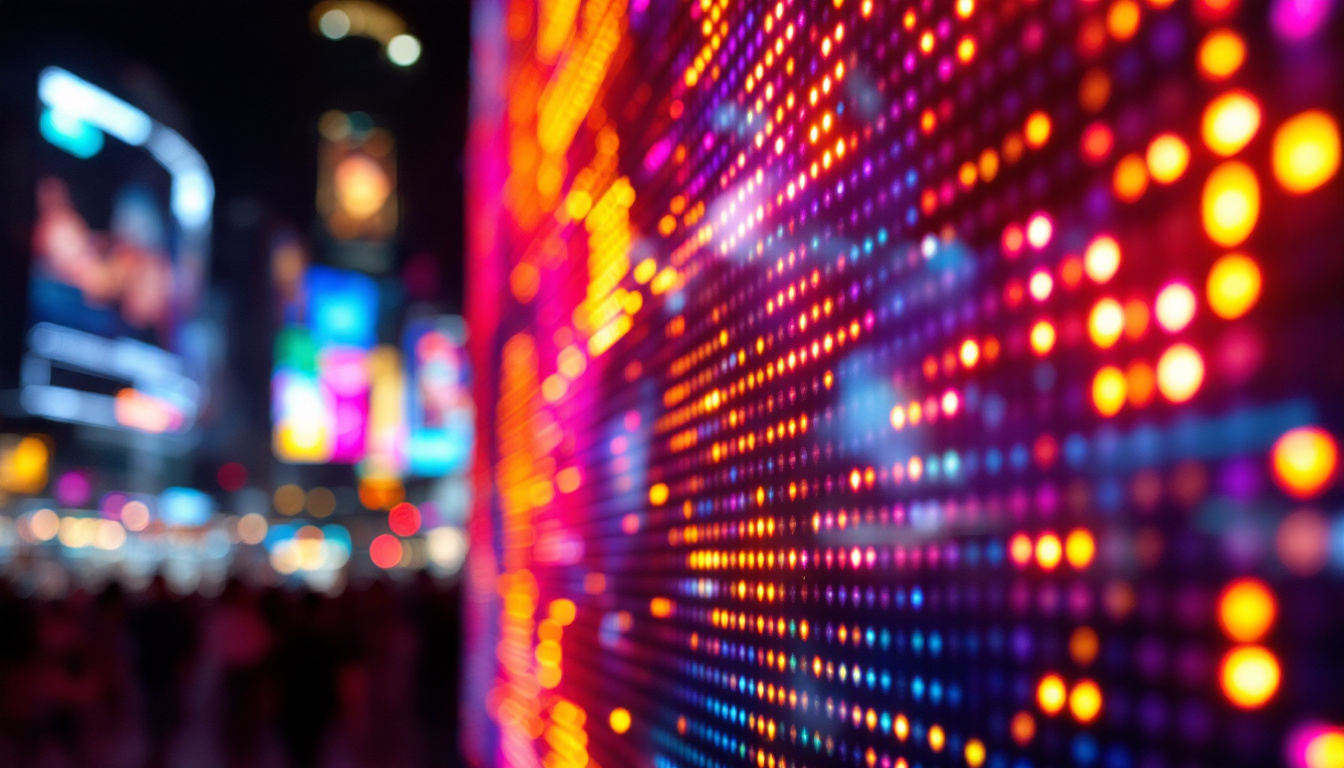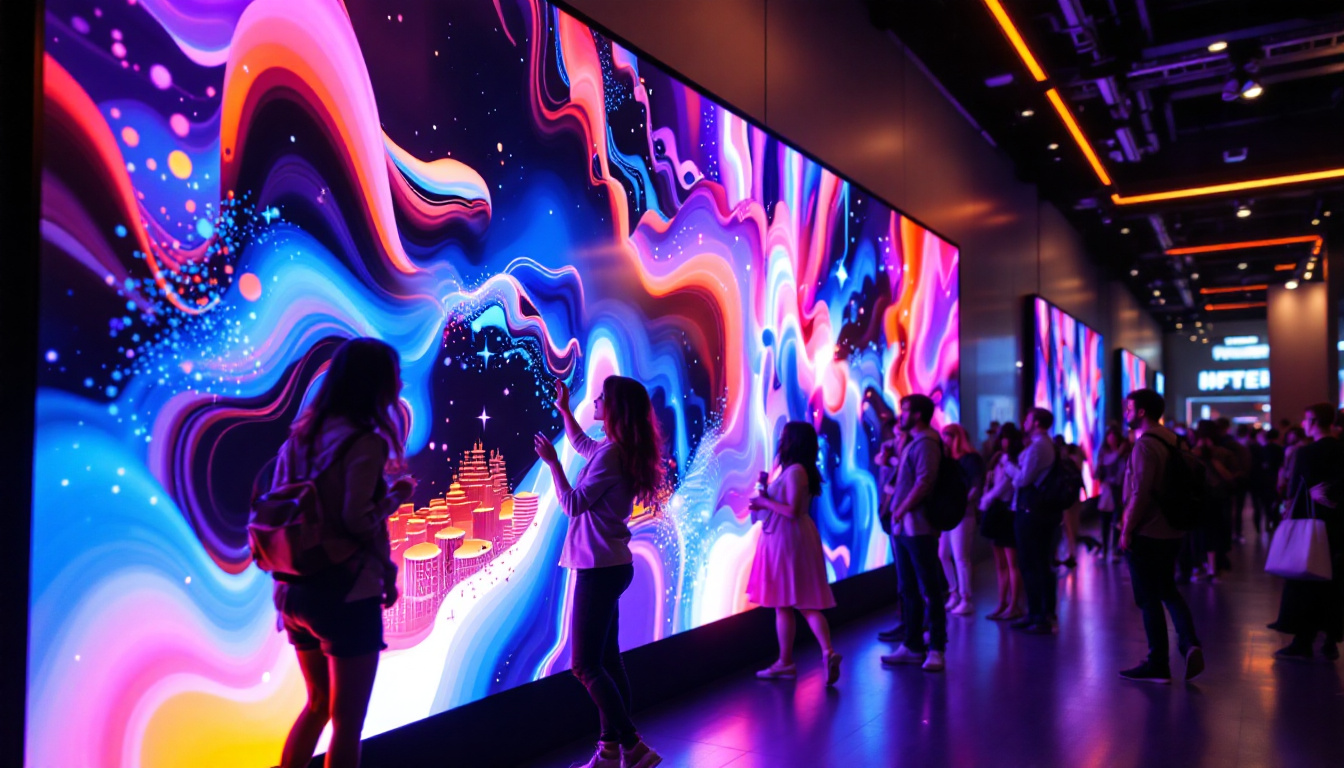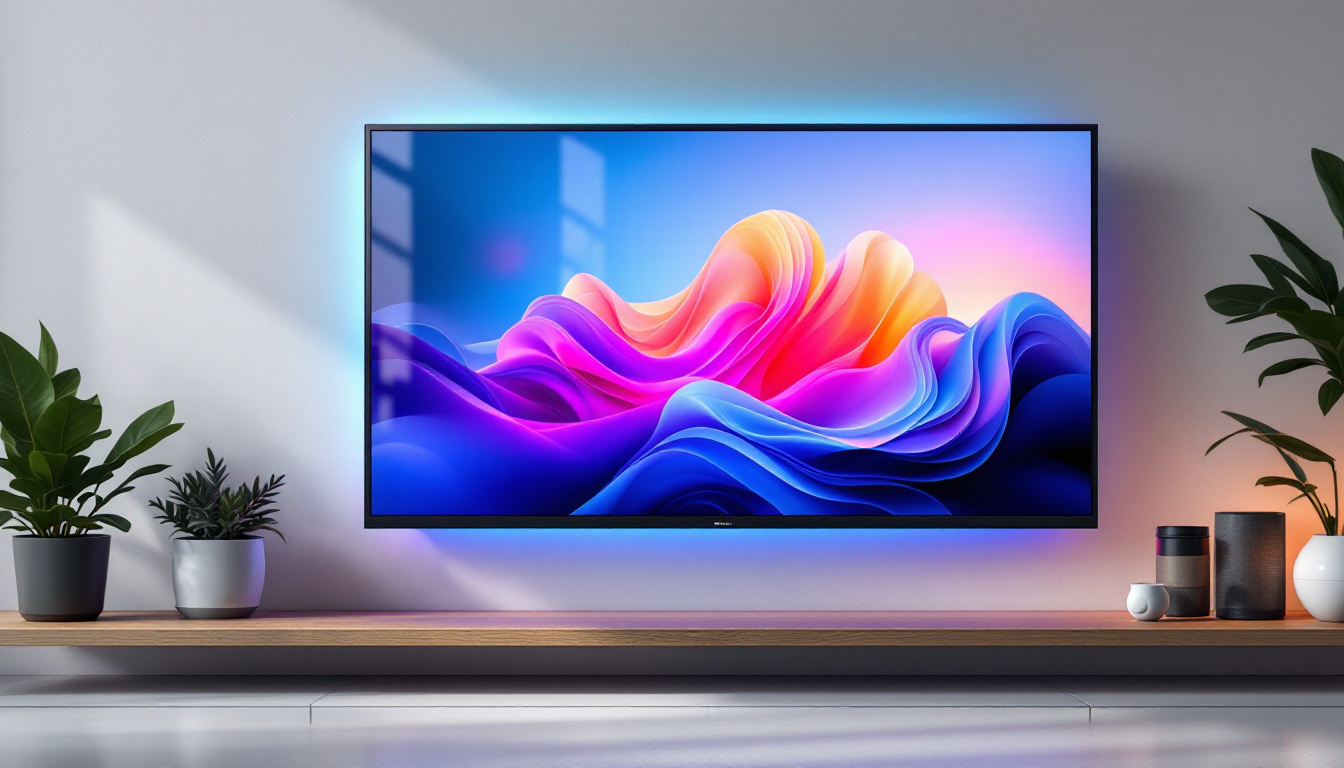In today’s digital age, LED displays have become an integral part of our visual experience. From advertising billboards to indoor screens, LED panelen are transforming the way information is presented and consumed. This article delves deep into the world of LED displays, exploring their technology, applications, benefits, and future trends.
Understanding LED Technology
Light Emitting Diodes (LEDs) are semiconductor devices that emit light when an electric current passes through them. The technology behind LEDs has advanced significantly over the years, making them a popular choice for various display applications. Their compact size, durability, and energy efficiency have revolutionized the way we think about lighting and displays, leading to widespread adoption in everything from home lighting to large-scale advertising.
The Basics of LED Functionality
At its core, an LED is made from a combination of materials that create a p-n junction. When electricity flows through this junction, electrons recombine with holes, releasing energy in the form of light. This process is efficient and can produce a range of colors depending on the materials used. The ability to manipulate the semiconductor materials allows for the creation of LEDs that emit specific wavelengths of light, enabling a spectrum of colors that can be tailored for various applications.
LEDs are categorized into different types, including SMD (Surface-Mount Device) LEDs, COB (Chip on Board) LEDs, and traditional through-hole LEDs. Each type has its unique advantages and is suited for specific applications, from small indicators to large display panels. For instance, SMD LEDs are favored for their compactness and versatility, making them ideal for high-density applications, while COB LEDs are known for their high lumen output and are often used in lighting fixtures that require intense illumination.
Types of LED Displays
LED displays come in various forms, each designed for specific uses. The most common types include:
- Indoor LED Displays: These are typically used in environments such as shopping malls, airports, and conference rooms. They offer high resolution and vibrant colors, making them ideal for detailed images and videos. The pixel pitch in indoor displays is generally finer, allowing for closer viewing distances and more intricate visual presentations.
- Outdoor LED Displays: Built to withstand harsh weather conditions, outdoor LED displays are often used for advertising and public information. They are larger, brighter, and have lower resolution compared to indoor displays. These displays are designed with protective coatings and robust housing to ensure longevity and functionality, even in extreme temperatures and exposure to the elements.
- Transparent LED Displays: These innovative displays allow for visibility through the screen while still providing vibrant visuals. They are often used in retail environments to showcase products without obstructing views. This technology not only enhances the aesthetic appeal of storefronts but also offers brands a unique way to engage customers with dynamic content while maintaining an open and inviting atmosphere.
How LEDs Compare to Other Technologies
When comparing LED technology to traditional display technologies, such as LCD and plasma, several advantages emerge. LEDs are generally more energy-efficient, have a longer lifespan, and offer superior brightness and contrast. This makes them a preferred choice for both commercial and residential applications. Furthermore, the rapid response time of LEDs allows for smoother video playback and more vibrant colors, enhancing the overall viewing experience. As a result, many industries are transitioning to LED technology not only for its performance benefits but also for its lower environmental impact, as LEDs consume less power and reduce the need for frequent replacements.
Additionally, the versatility of LED technology extends beyond displays and lighting. Innovations such as LED-based horticultural lighting are gaining traction in agriculture, where tailored light spectra can enhance plant growth and yield. The adaptability of LEDs to various environments and applications continues to drive research and development, paving the way for even more groundbreaking uses in the future. As we explore the potential of this technology, it becomes clear that LEDs are not just a fleeting trend but a cornerstone of modern illumination and display solutions.
Applications of LED Displays
The versatility of LED displays allows them to be used in a wide range of applications. Their ability to deliver high-quality visuals has made them a staple in various industries.
Advertising and Marketing
One of the most prominent uses of LED displays is in advertising. Billboards and digital signage equipped with LED technology can capture the attention of passersby with dynamic content. Advertisers can easily update messages in real-time, allowing for targeted marketing strategies.
Furthermore, LED displays can be integrated with social media feeds, weather updates, and other real-time information, enhancing engagement and providing value to viewers.
Events and Entertainment
In the entertainment industry, LED displays are essential for concerts, sporting events, and theater productions. Large video walls and stage backdrops made of LED panels create immersive experiences for audiences. They can display live feeds, graphics, and animations, enhancing the overall atmosphere of events.
Moreover, the flexibility of LED panels allows for creative designs and configurations, enabling event organizers to craft unique visual experiences that resonate with attendees.
Corporate and Educational Settings
LED displays are increasingly being utilized in corporate environments for presentations, meetings, and training sessions. Their high resolution and brightness ensure that content is visible even in well-lit rooms. Additionally, interactive LED displays can facilitate collaboration and engagement during discussions.
In educational settings, LED displays are transforming classrooms by providing interactive learning experiences. Teachers can use these displays to present multimedia content, engage students in discussions, and enhance the overall learning environment.
Benefits of LED Displays
Investing in LED display technology comes with a multitude of benefits that can enhance both visual communication and operational efficiency.
Energy Efficiency
One of the standout features of LED displays is their energy efficiency. Compared to traditional display technologies, LEDs consume significantly less power, leading to reduced electricity costs. This not only benefits the environment but also contributes to long-term savings for businesses and organizations.
Longevity and Durability
LED displays are known for their impressive lifespan, often lasting up to 100,000 hours or more. This longevity reduces the need for frequent replacements, making them a cost-effective solution over time. Additionally, many LED displays are designed to withstand harsh conditions, including extreme temperatures and moisture, ensuring reliable performance in various environments.
High-Quality Visuals
LED technology provides superior brightness and contrast ratios, resulting in vibrant and clear visuals. This quality is particularly important in outdoor settings where ambient light can affect visibility. The ability to produce a wide color spectrum also enhances the overall viewing experience, making content more engaging and impactful.
Challenges and Considerations
Despite their many advantages, LED displays are not without challenges. Understanding these challenges can help businesses make informed decisions when investing in this technology.
Initial Costs
The initial investment for LED displays can be higher compared to traditional display technologies. However, it’s essential to consider the long-term savings associated with energy efficiency and durability. Many organizations find that the return on investment justifies the upfront costs.
Maintenance and Upkeep
While LED displays are generally low-maintenance, they do require periodic checks to ensure optimal performance. Dust accumulation, especially on outdoor displays, can affect brightness and clarity. Regular cleaning and maintenance can help prolong the lifespan of the display and maintain its visual quality.
Content Management
Effective content management is crucial for maximizing the impact of LED displays. Organizations must invest in software and strategies to create, schedule, and update content regularly. This requires a commitment to maintaining fresh and relevant information, which can be resource-intensive.
Future Trends in LED Display Technology
The LED display industry is continuously evolving, with emerging technologies and trends shaping its future. Staying informed about these developments can help organizations leverage new opportunities.
Advancements in Resolution
As technology progresses, the demand for higher resolution displays continues to grow. The introduction of microLED and miniLED technologies promises to deliver even finer pixel pitches, resulting in stunning visuals with unparalleled clarity. These advancements will likely open up new possibilities for applications in various sectors.
Integration with Smart Technologies
LED displays are increasingly being integrated with smart technologies, such as IoT (Internet of Things) devices and AI (Artificial Intelligence). This integration allows for real-time data analysis, personalized content delivery, and enhanced user experiences. For instance, smart LED displays can adjust brightness based on ambient light conditions, ensuring optimal visibility while conserving energy.
Environmental Sustainability
As sustainability becomes a priority for many organizations, the LED display industry is also focusing on eco-friendly practices. This includes using recyclable materials, reducing energy consumption, and implementing sustainable manufacturing processes. Organizations that prioritize sustainability in their LED display choices can enhance their brand image and appeal to environmentally conscious consumers.
Conclusion
LED displays have revolutionized the way information is communicated and consumed across various industries. Their energy efficiency, longevity, and high-quality visuals make them a compelling choice for businesses and organizations looking to enhance their visual communication strategies.
As technology continues to advance, the potential applications and benefits of LED displays will only expand. By staying informed about the latest trends and innovations, organizations can harness the power of LED technology to engage audiences and drive success in an increasingly digital world.
Investing in LED displays is not just a trend; it is a strategic decision that can yield significant returns in the long run. Embracing this technology can lead to improved brand visibility, enhanced user experiences, and a competitive edge in the marketplace.
Discover LumenMatrix LED Display Solutions
Ready to elevate your visual communication with cutting-edge LED technology? LumenMatrix offers a comprehensive range of LED display solutions tailored to your needs. From vibrant Indoor LED Walls to dynamic Outdoor Displays, and from engaging LED Sports Displays to innovative Transparent LED options, our products are designed to captivate your audience and amplify your message. Experience the future of digital signage with LumenMatrix and transform your space into a visual spectacle. Check out LumenMatrix LED Display Solutions today and take the first step towards an unparalleled visual experience.

